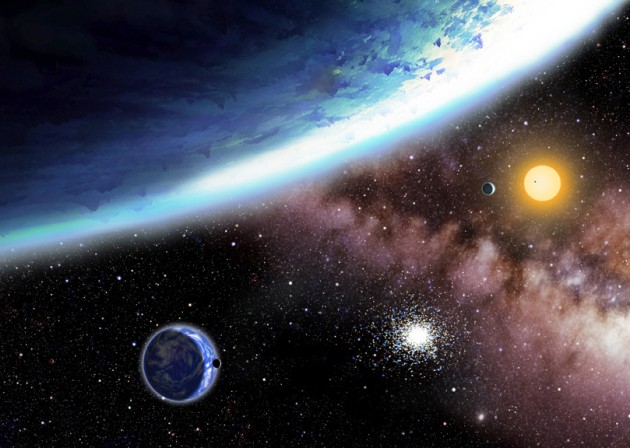Souvenir Sheet: Year of Astronomy Apollo 11 40th Anniversary Moon Landing (Madagascar 2009)
Year of Astronomy Apollo 11 40th Anniversary Moon Landing (Madagascar 2009)
01 January (Madagascar ) within release Year of Astronomy (2009) goes into circulation Souvenir Sheet Year of Astronomy Apollo 11 40th Anniversary Moon Landing face value 6,000 Malagasy ariary
| Souvenir Sheet Year of Astronomy Apollo 11 40th Anniversary Moon Landing in catalogues | |
|---|---|
| Colnect codes: | Col: MG 2009-02 |
Souvenir Sheet is square format.
Also in the issue Year of Astronomy (2009):
- Souvenir Sheet - Year of Astronomy Apollo 11 40th Anniversary Concorde face value 6,000;
- Souvenir Sheet - Year of Astronomy Apollo 11 40th Anniversary Moon Landing face value 6,000;
- Souvenir Sheet - Year of Astronomy Copernicus and EUROPA face value 10,000;
Souvenir Sheet Year of Astronomy Apollo 11 40th Anniversary Moon Landing it reflects the thematic directions:
An anniversary is the date on which an event took place or an institution was founded in a previous year, and may also refer to the commemoration or celebration of that event. For example, the first event is the initial occurrence or, if planned, the inaugural of the event. One year later would be the first anniversary of that event. The word was first used for Catholic feasts to commemorate saints. Most countries celebrate national anniversaries, typically called national days. These could be the date of independence of the nation or the adoption of a new constitution or form of government. The important dates in a sitting monarch's reign may also be commemorated, an event often referred to as a "Jubilee".
Astronomy is a natural science that studies celestial objects and the phenomena that occur in the cosmos. It uses mathematics, physics, and chemistry in order to explain their origin and their overall evolution. Objects of interest include planets, moons, stars, nebulae, galaxies, meteoroids, asteroids, and comets. Relevant phenomena include supernova explosions, gamma ray bursts, quasars, blazars, pulsars, and cosmic microwave background radiation. More generally, astronomy studies everything that originates beyond Earth's atmosphere. Cosmology is a branch of astronomy that studies the universe as a whole. .
Outer space (or simply space) is the expanse that exists beyond Earth's atmosphere and between celestial bodies. It contains ultra-low levels of particle densities, constituting a near-perfect vacuum of predominantly hydrogen and helium plasma, permeated by electromagnetic radiation, cosmic rays, neutrinos, magnetic fields and dust. The baseline temperature of outer space, as set by the background radiation from the Big Bang, is 2.7 kelvins (−270 °C; −455 °F)
A spacecraft is a vehicle that is designed to fly and operate in outer space. Spacecraft are used for a variety of purposes, including communications, Earth observation, meteorology, navigation, space colonization, planetary exploration, and transportation of humans and cargo. All spacecraft except single-stage-to-orbit vehicles cannot get into space on their own, and require a launch vehicle (carrier rocket).




